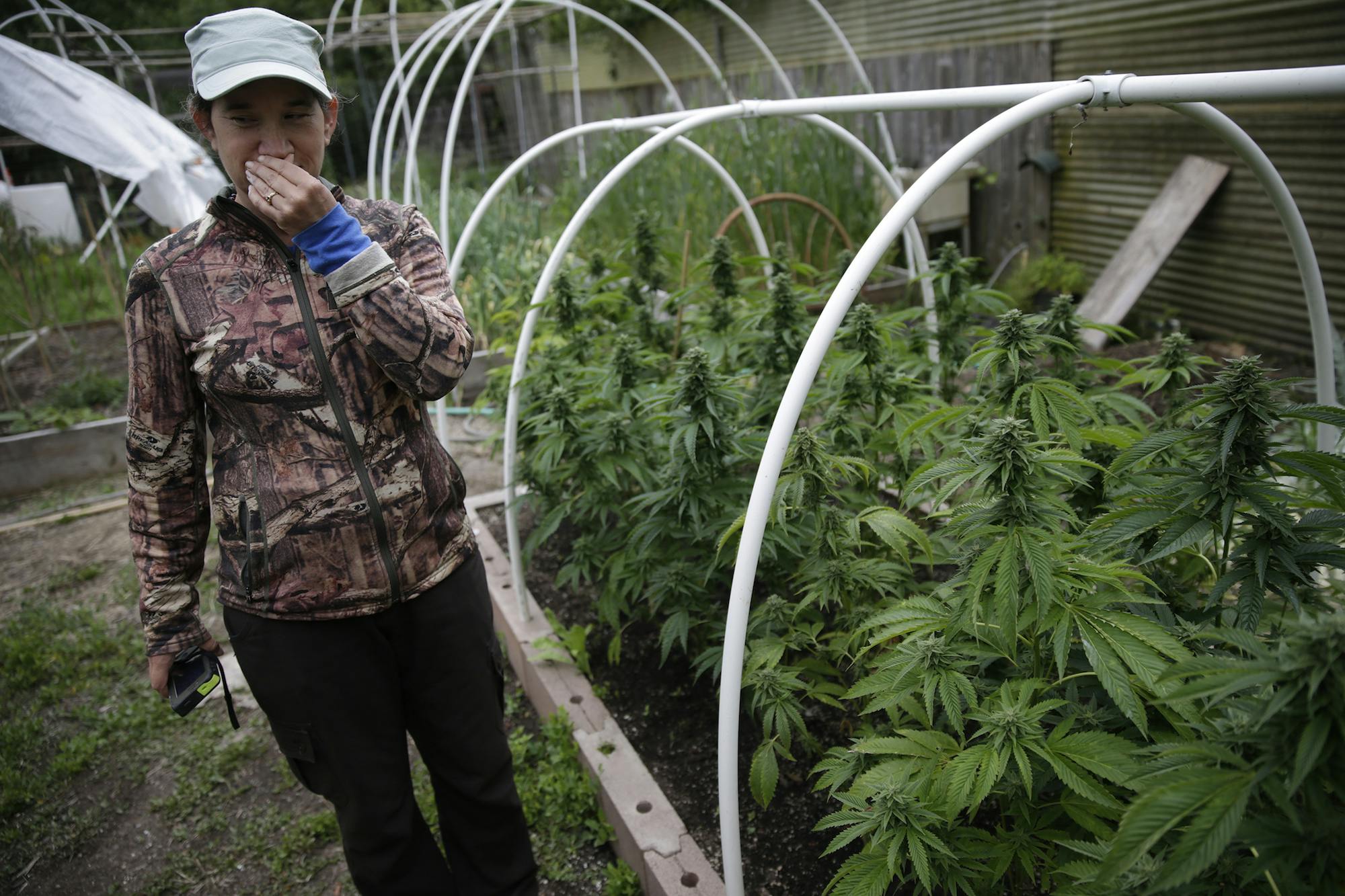
HUMBOLDT COUNTY, CA, MAY 5: Sunshine Johnston, 43, grows cannabis with her husband Eric, 41, on a small family farm in Humboldt County, California on May 5, 2016. She stops to smell the scent from one of numerous crops grown at Sunboldt Farms. (Photo by Robert Gauthier/Los Angeles Times/ Getty Images)
Underground Weed Growers Are Drastically Contributing to California Drying Up |
01.01.2022Underground Weed Growers Are Drastically Contributing to California Drying Up
For 5-years California experienced one of the worst droughts ever recorded. Irresponsible practices of underground weed farmers could be risking another.
If there was ever a case of good news and bad news, this is it. The good news? California provides some of the world’s finest marijuana. The bad news? It might be killing the natural beauty that defines the state.
According to a recent study published in the journal Bioscience, underground marijuana agriculture consumes more water than the states natural water sources can afford to provide. The result has been rivers withering of lake water levels dropping, contributing in part to the state’s devastating drought.
The study finds that the grower’s paradise known as the Emerald Triangle in Northern California consumed an estimated 22 liters of water or more per plant per day through the region’s growing season of June to October.
Since the study was conducted to calculate the water consumption of illegal grow-ops, its data is mostly derived from estimates based on the known requirements and metrics for legal cannabis farms.
Researchers estimate that, at the average capacity of a typical greenhouse, water consumption would be as high as 3 billion liters per square kilometer each season.
By contrast, the study notes that grapes grown on Northern California’s vineyards consume around 271 million liters of water per square kilometer, making the cannabis industry twice as “thirsty” as the wine industry.
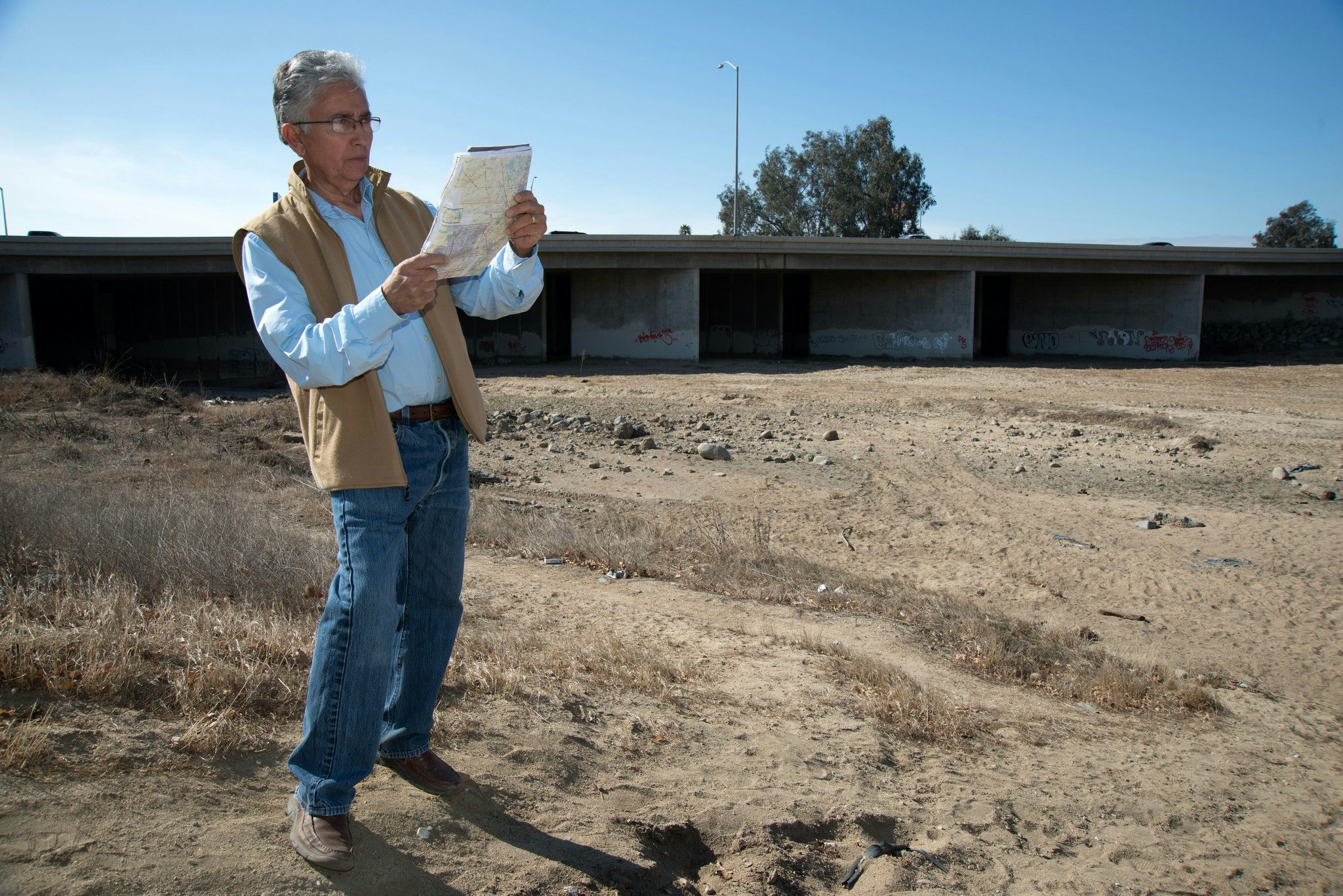
Up to 70 percent of marijuana in the United States is grown in this region, most of which is shipped out of state.
The study concluded that the topic of marijuana’s environmental impact had not been explored thoroughly enough by policymakers. While the researchers chose not to take sides in the legalization debate, their conclusions did seem to favor a legally regulated system.
In addition to sucking the state dry, the study warns that pesticides used in illegal grows pose a threat to the unique wildlife of the area. Especially concerning are the seasonal guerrilla growers who come to the region for a chance to profit and think little about their environmental footprint, dumping waste into local waterways.
Regulations designed to reduce environmental harm are more difficult to implement cannabis cultivation than for other crops because of its distinct and evolving legal status. But even with legal markets sprouting up across the country, some growers are reluctant to leave the black market.
As California transitions to a legal landscape, the falling price of weed has made the growing less lucrative. But Humboldt County growers are still far from ready to give up their grow-ops for a licensed operation, especially if it comes with government regulations.
The arid climate and dense forests of the Emerald Triangle have made this part of the country the ideal place to grow in the open. Despite the sound of police helicopters that can be heard rattling above illegal grow-ops, the legion of deadheads and drifters refuse to abandon something that’s become a way of life.
Without a legal and regulated market, there’s little hope for addressing the environmental concerns. Ultimately, it’s not a lack of regulations, but the lack of legal authority to enforce them. As long as the federal government deemss cannabis to be illegal, the USDA and EPA can’t regulate it any more than they can regulate an armed robbery.
This is where researchers believe a legal market could at least begin to address the problem, pointing out that, “legally constructed water storage can be strategically located within a watershed network,” though they still believe this will not be enough.
But weed is only partly to blame for California’s water woes. Much of the state’s agricultural industry, including almonds, corn, potatoes, and alfalfa all have significantly higher water needs. For example, it takes 1.1 gallons of water just to grow one almond.
The solution, as with any major issue, is not going to be easy. Convincing people to stop eating almonds might be just as hard as telling the cannabis community to cut down on their consumption. It doesn’t hurt to start the conversation; something that can’t be done until growers feel comfortable talking to the men in the helicopters.
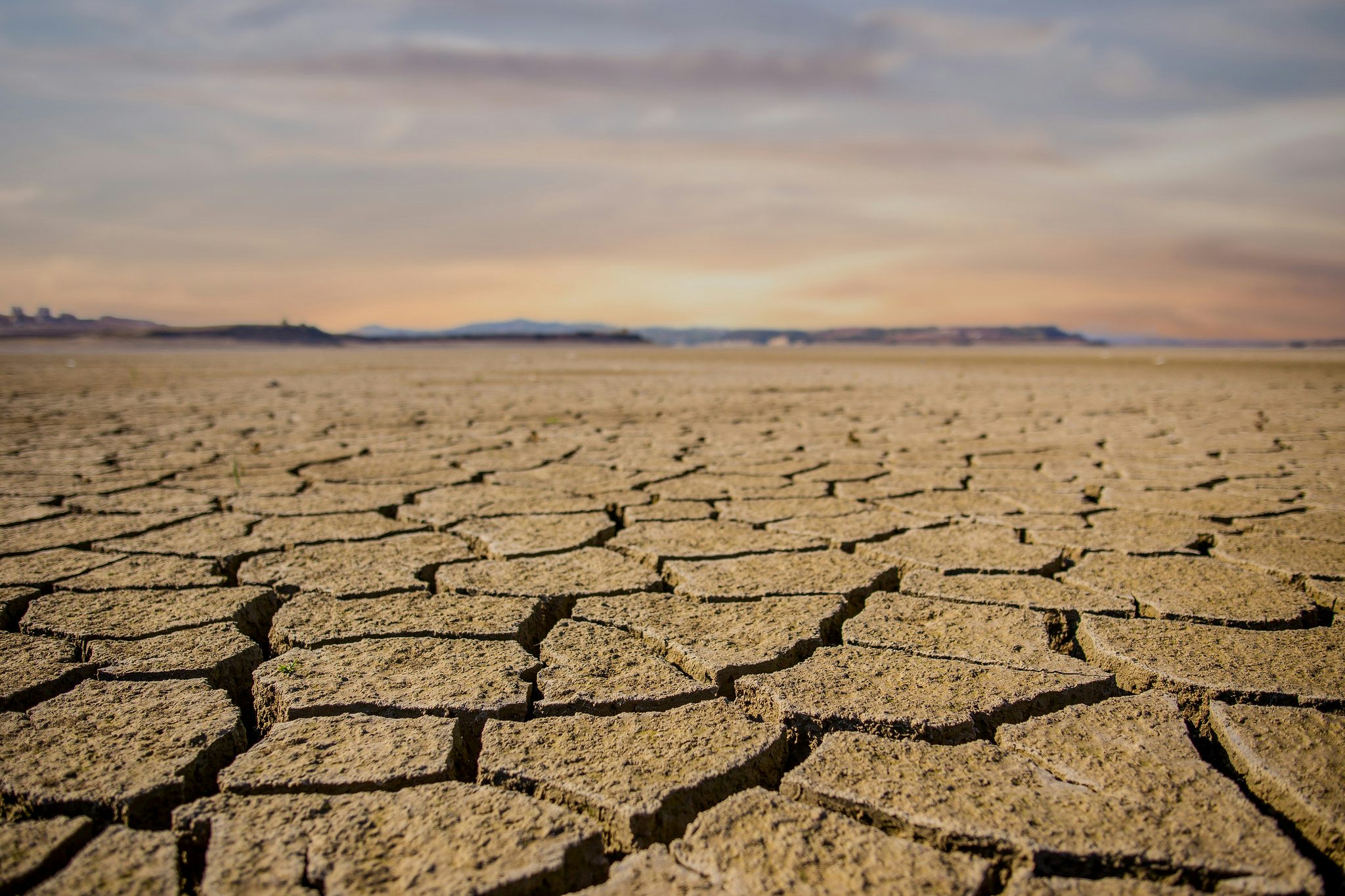
Herb Recommended Products:
READ MORE
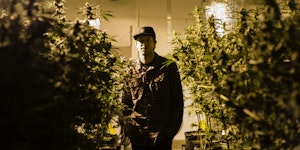
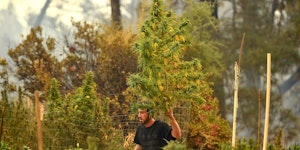
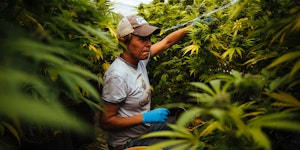
![What Is Craft Cannabis & Where Does It Grow Best? [The Legend Of The Emerald Triangle]](https://herb-platform-images.imgix.net/wp-content/uploads/2021/11/05150136/SLC_Edit1.jpg?auto=compress&fit=crop&q=75&ixlib=react-8.6.4&h=auto&w=300)






